C-K’s guide to influencer marketing in the age of COVID-19.
In 2020, the pandemic significantly impacted the world of influencer marketing and its effects will define the industry in 2021 and beyond. The pandemic accelerated many changes that were already underway, such as the trend toward unfiltered or less-scripted content, social shopping, the rise of TikTok and the popularity of “everyday influencers” turned creators.
With the rapidly expanding changes, brands must quickly evolve their strategies to ensure they maximize the value of their influencer partnerships and meet campaign goals.
C-K has identified several key trends that brands should be focusing on this year to help navigate this ever-changing, powerful industry.
Oh, hello S-commerce!
Social commerce (S-commerce) is here, and influencers are fueling the shift in social shopping. Pre-COVID-19, brands partnered with influencers to drive product discovery and inspiration as consumers were less enthusiastic about making purchases on social platforms.
However, that is no longer the case. During the pandemic, 21% of consumers purchased on social for the first time. New habits consumers adopted during lockdown will last well beyond the pandemic, which provides a great opportunity for brands to activate influencer programs closer to the point of purchase. With these new shifts in consumer shopping behaviors, influencers will play a prominent role in social commerce as brands partner with them beyond upper-funnel discovery.
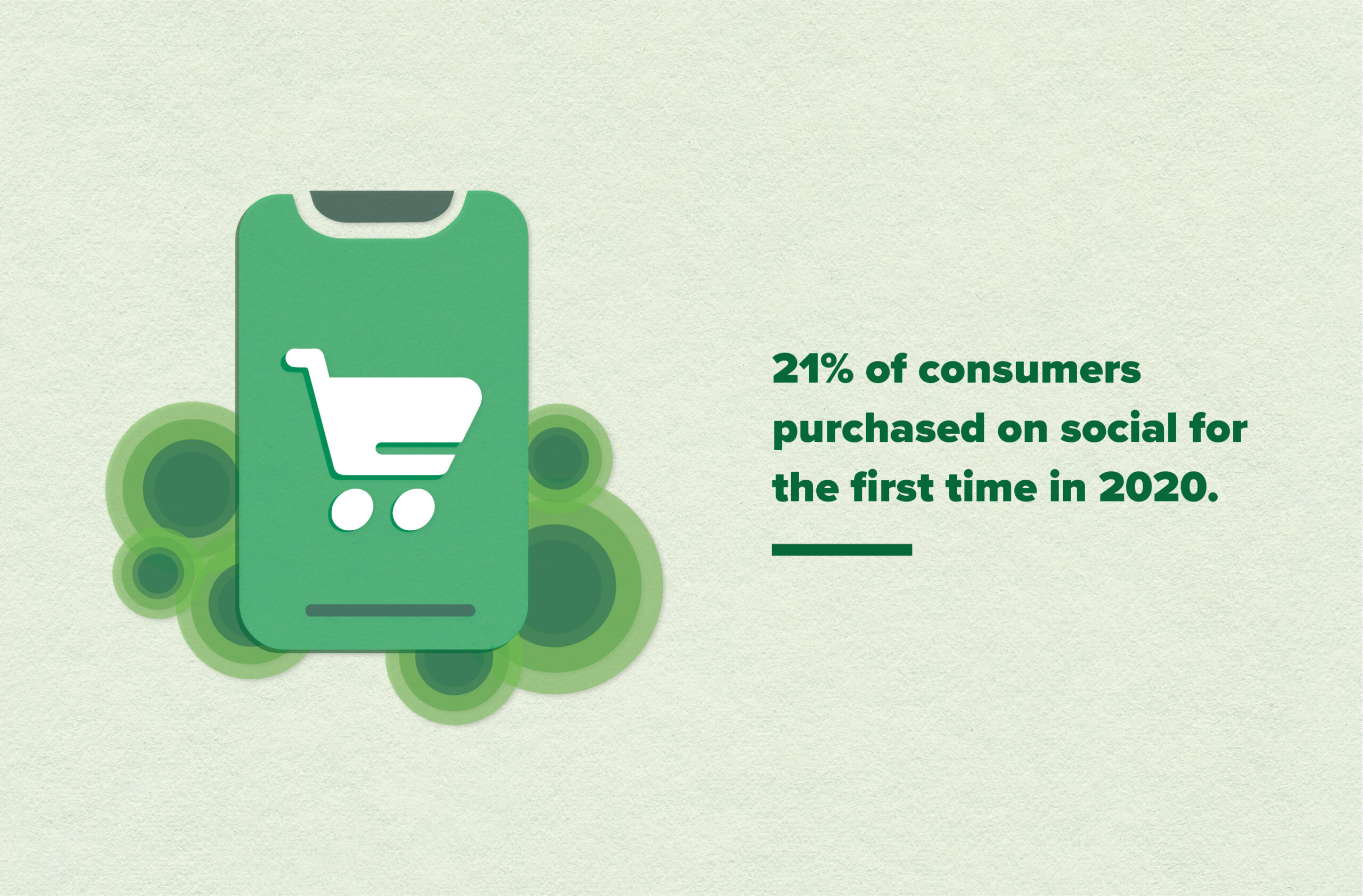
Podcasting 2.0:
Podcasts have been making a lot of noise recently with listeners being able to enjoy topical conversations with their favorite influencers. As with everything, influencers have been quick to jump on board, offering yet more insight into their unique lives, perspectives and experiences. According to Q2 earnings by Spotify, 21% of their 299 million users engaged with podcast content in 2020.
Podcasts allow brands to meet their audiences in a space that provides deeper conversations and one that is highly convenient – people can tune in while they drive, work from home, cook and more. Although there has been a lot of conversation around podcasts and influencers, it remains a relatively untapped medium. To get ahead of this trend, brands should consider partnering with influencers who have podcasts to reach audiences in a new way.
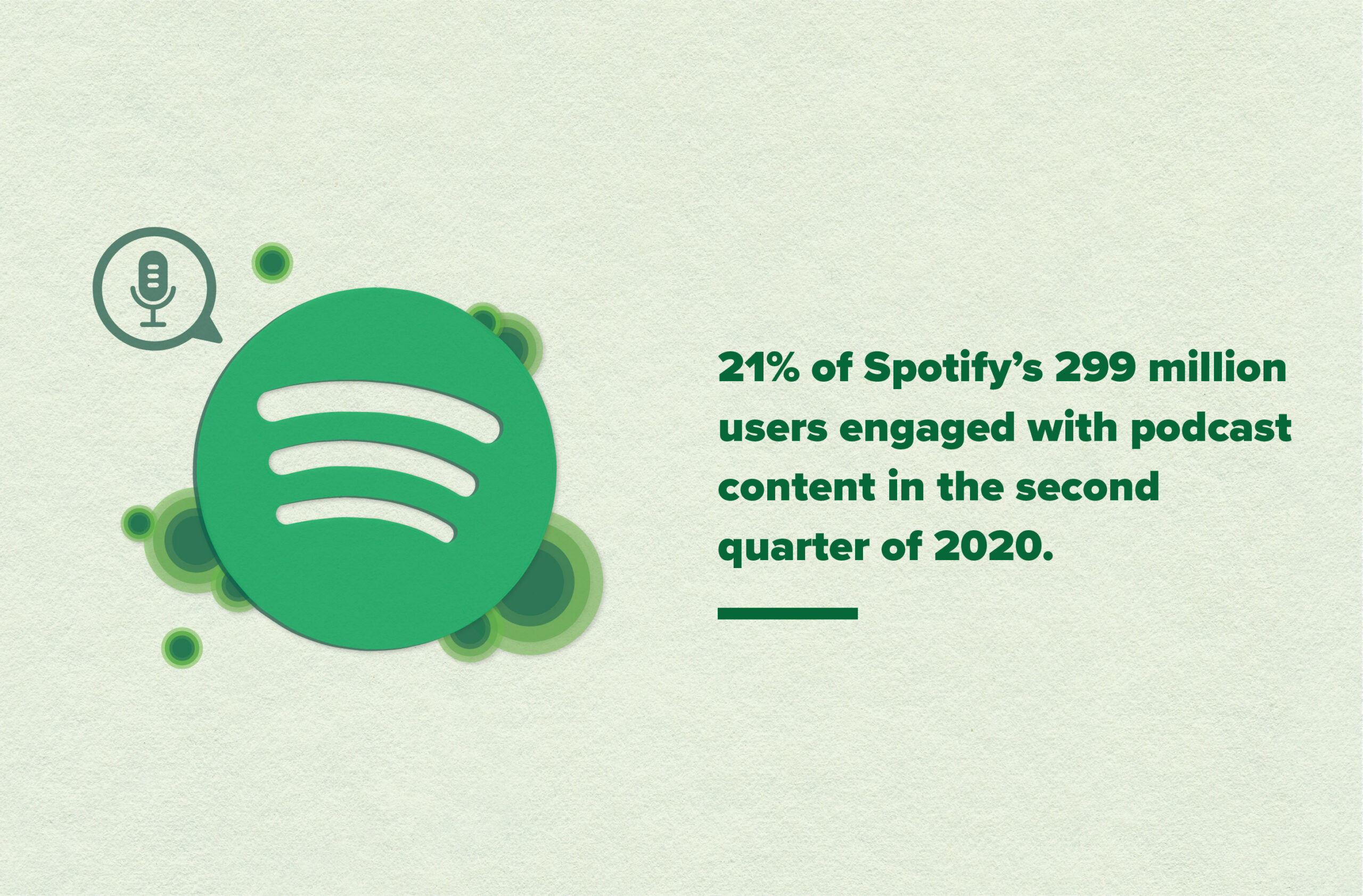
Move over HSN, livestream shopping is here:
Livestream collaborations between brands and influencers add an authentic element to digital communications and humanize the brand. Fans “stream” to live broadcasts for fear of missing out on the opportunity to interact in real-time with someone they admire. Much like Stories, livestreaming is a way for influencers to share content that is less polished than photos or recorded videos and provides a way for the influencer to interact directly with their audience in real time.
Livestreaming allows for influencers to connect with their audiences at a personal level, thus allowing them to participate in ways that enhance and strengthen the customer experience. Partnering with influencers serves to strengthen livestream efforts, particularly when it comes to cross-promotion—keeping content relevant and visible across an already passionate audience.
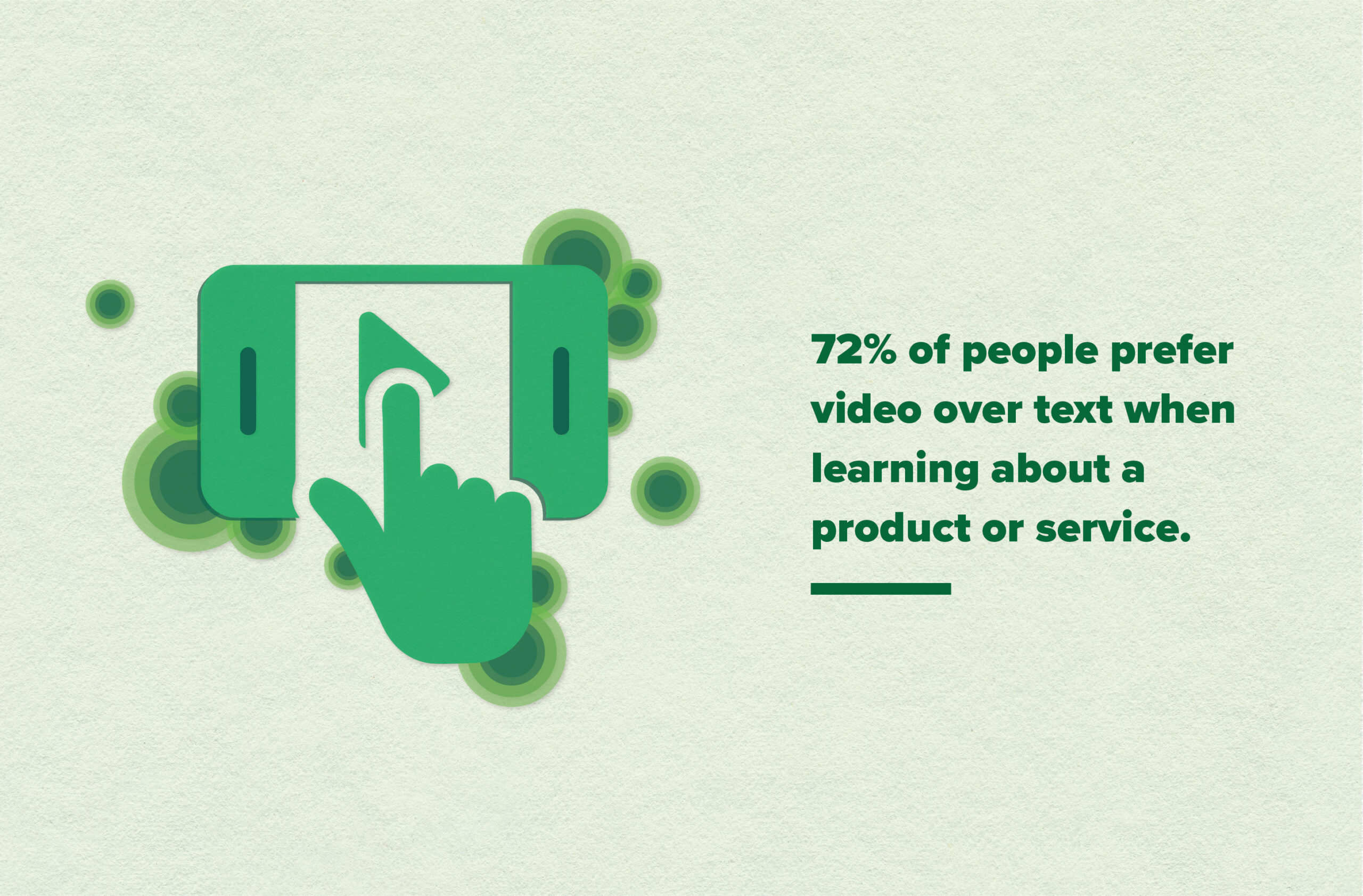
Content creators as influencers:
Pre-COVID-19, content creators and influencers were two very different things. Content creators were everyday people with trending content that appealed to wide audiences while influencers had professional cache that brands preferred. However, the lines have blurred and influencers and everyday people are pushing out content that appeals to consumers in a very similar way.
In fact, 57% of consumers are turning to “real people” turned influencers who share content that is more authentic and less polished. As a brand, it’s important to understand the distinction and to know what an influencer or content creator brings to the table so you can get the most results for your next marketing campaign.
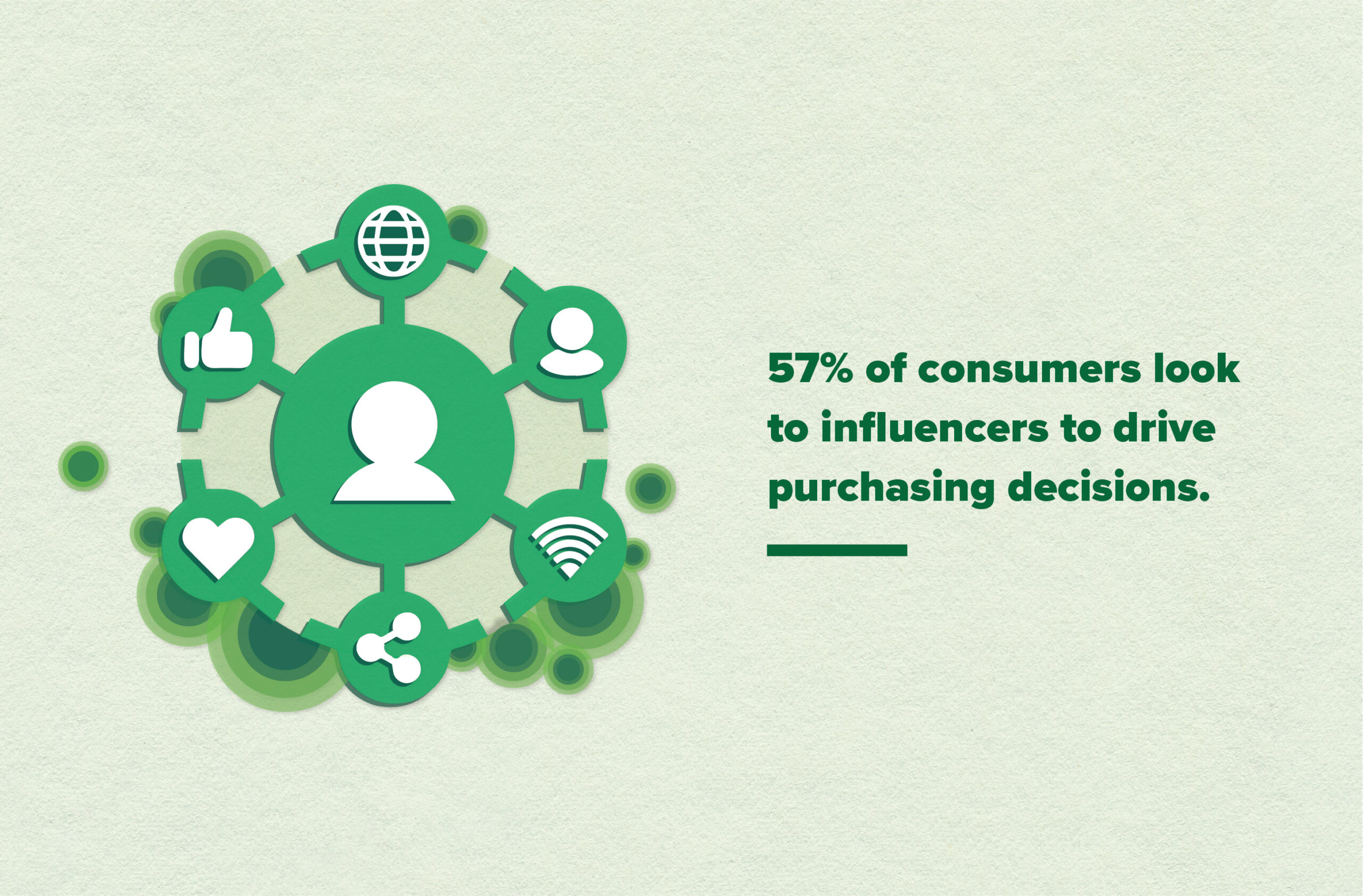
Influencers won during COVID-19:
Cooped up at home, consumers have been spending more time on social media and interacting actively with content creators. Influencers can provide brands with quick, less-expensive and easy-to-produce creative at a time when large-scale ad productions may be difficult. So, it’s no surprise that 90% of marketers report influencer results are as good or better than pre-COVID-19 and 67% plan to increase their budget for influencer marketing in 2021.
In fact, global spend on influencer marketing is expected to reach $15 billion by 2022. For brands on the fence, influencer marketing should be a solid part of their marketing mix.
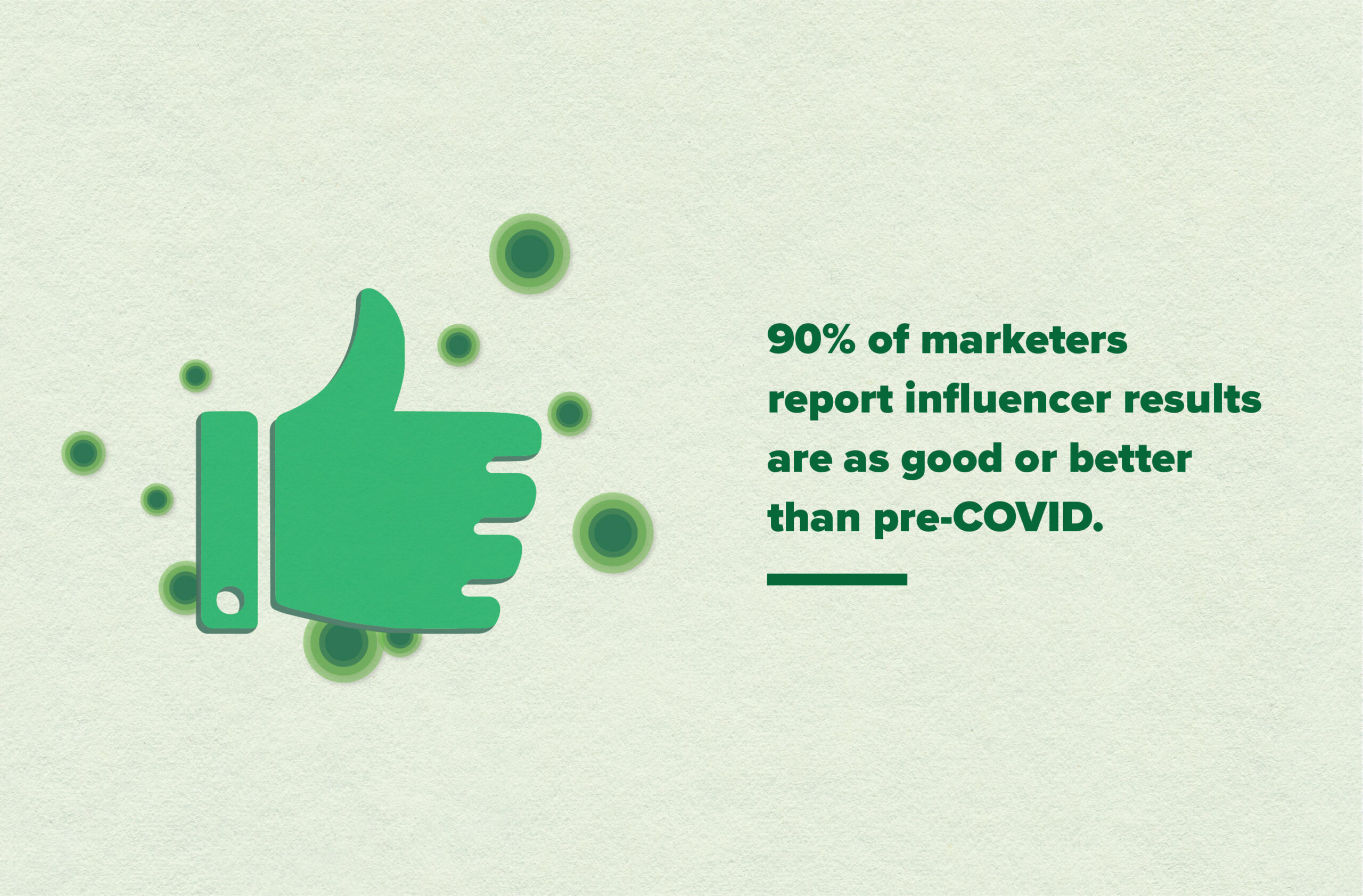
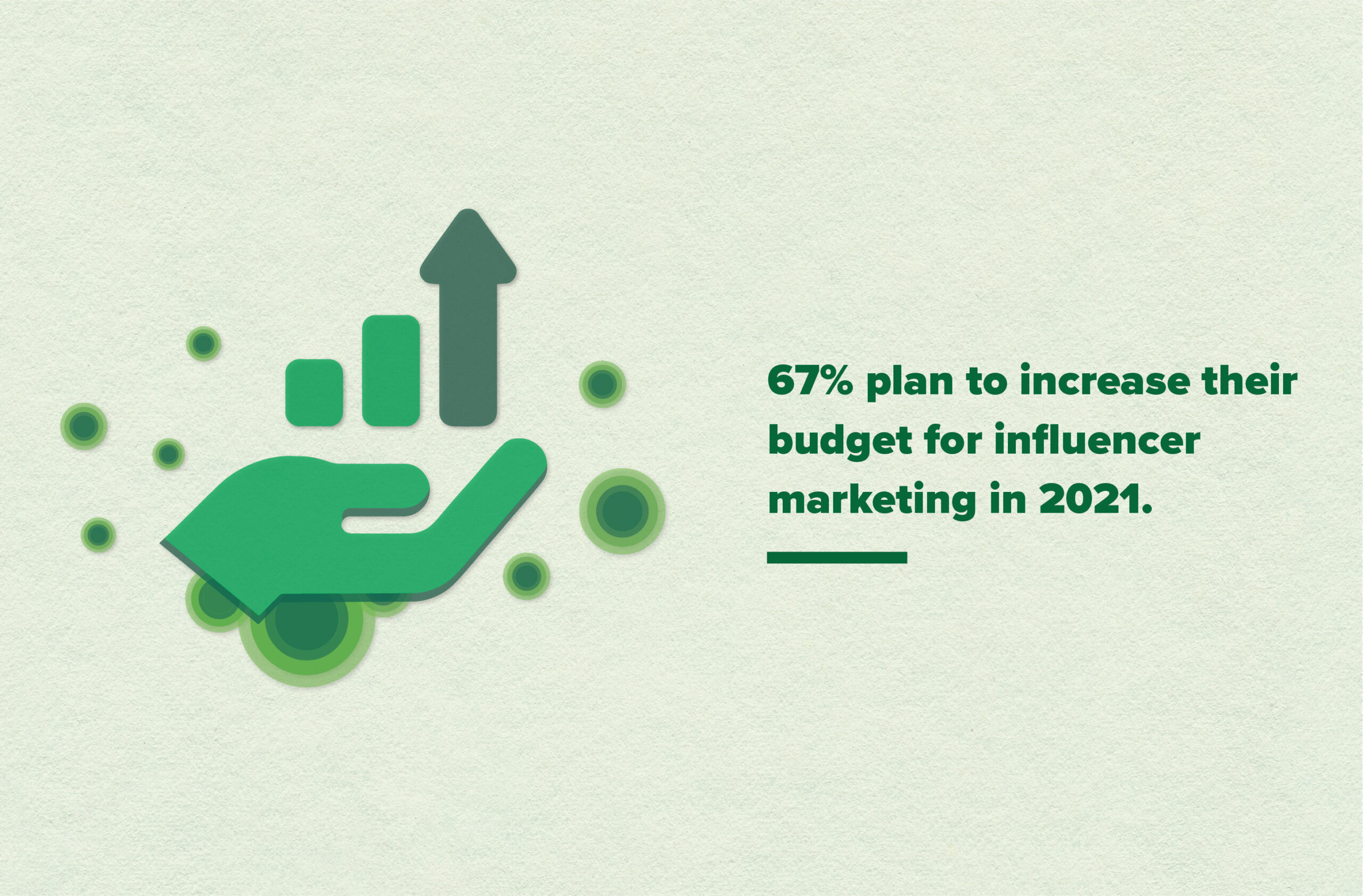 All eyes on the new players:
All eyes on the new players:
The best influencers stay on top of the trends so they can offer brands what they need to ensure they succeed. With the social media landscape changing so quickly, it’s important that influencers leverage the latest platforms and trends quickly to develop their authority and expertise, helping brands to expand their audience, generate new leads and earn more revenue. As emerging new platforms continue to flood the social scene, influencers have more creative power than ever.
As brands consider social platforms, it’s important to explore newcomers such as Triller, Twitch, Clubhouse and the insanely popular TikTok, which has over 800 million active users and three billion app downloads. For brands that work with influencers who’ve adopted to these new platforms, they have the advantage of being first on the scene and can capture the attention of audiences while competitors are slower to adapt.
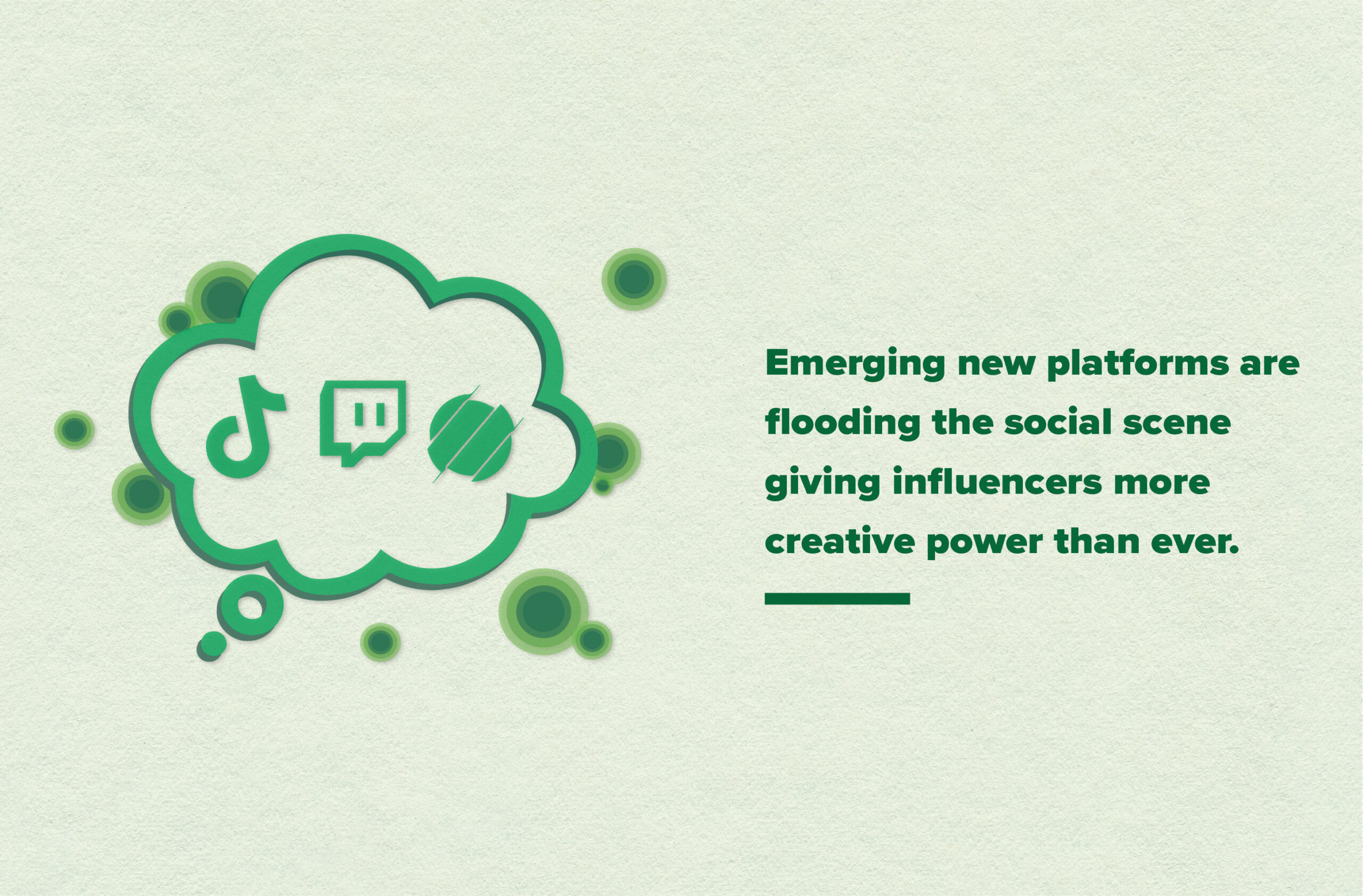
Sources:
Spotify: Q2 Earnings
Insider Intelligence: INFLUENCER MARKETING IN THE AGE OF COVID-19 2021
Social Media Today: 10 Influencer Marketing Stats for 2021
American Influencer Council
Mediakix: Influencer Marketing Trends 2021
TAKUMI: Into the mainstream influencer marketing society (survey)
Bazaarvoice Social Survey, June 19, 2020
More Insights
- March 25, 2021 Content syndication and SEO: Why reposting exact content across multiple websites is a bad practice and can result in penalties from Google.
- March 8, 2021 Drive your March Madness media plan to the National Championship.
- February 1, 2021 COVID-19: Lessons learned from 2020 and their impact for marketers in 2021.
